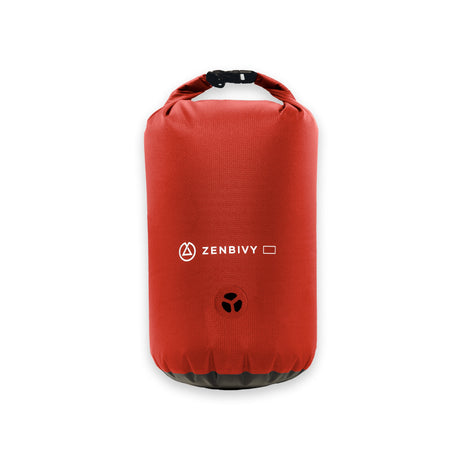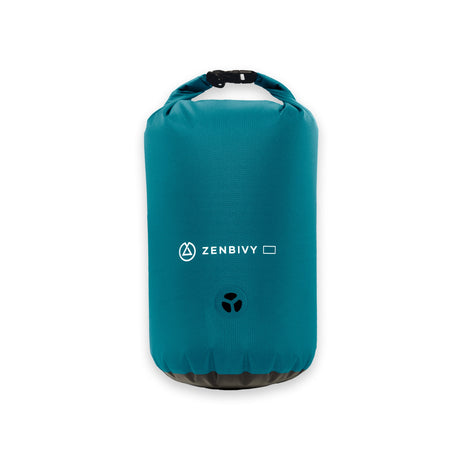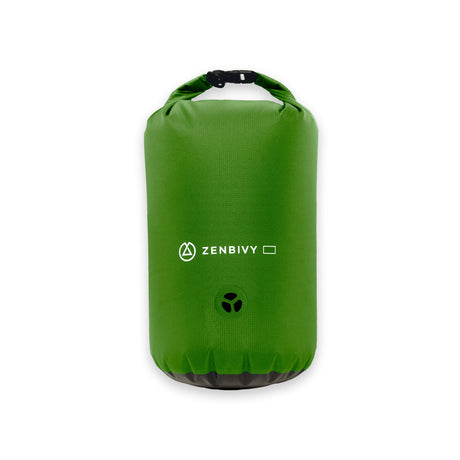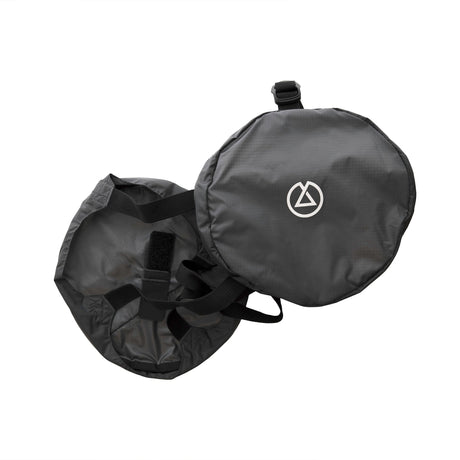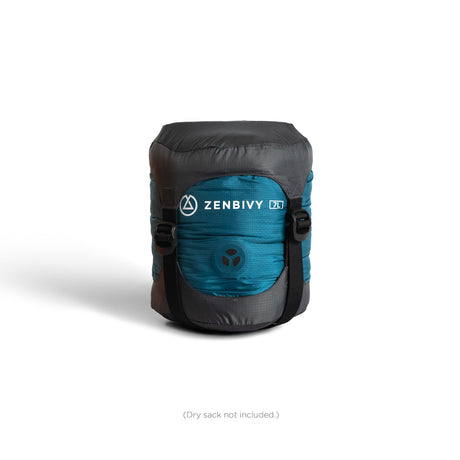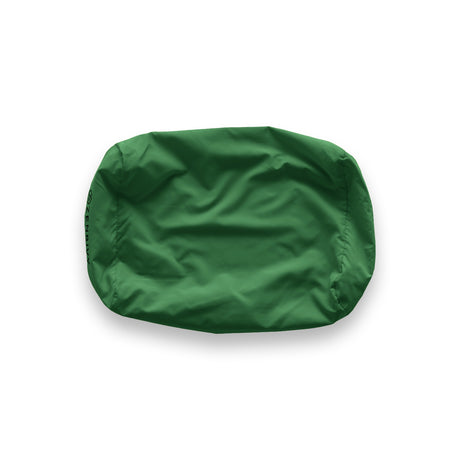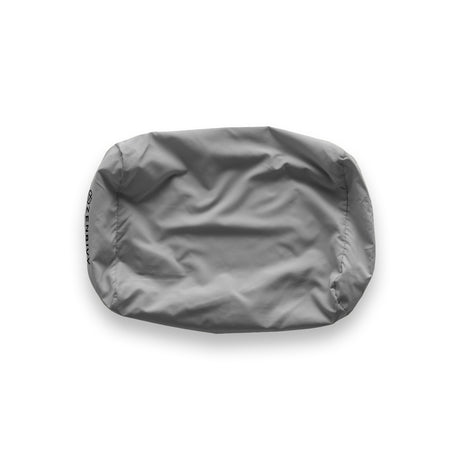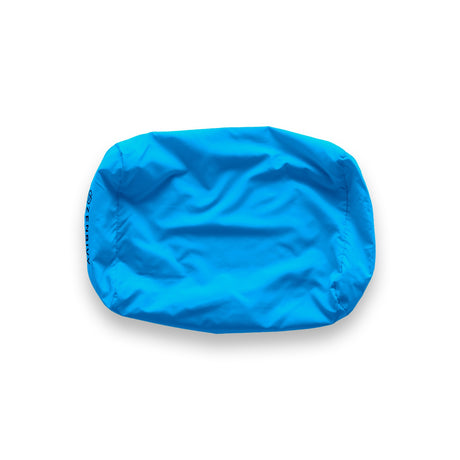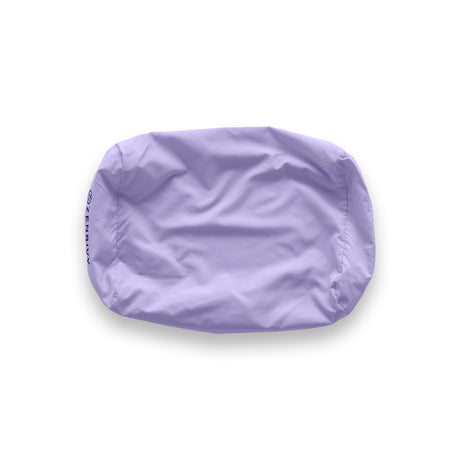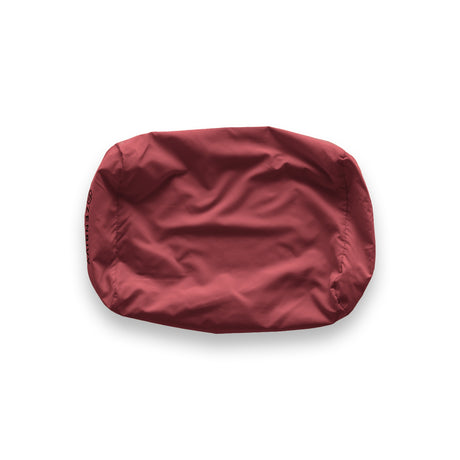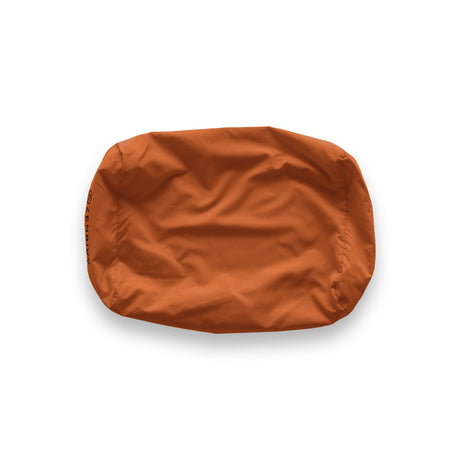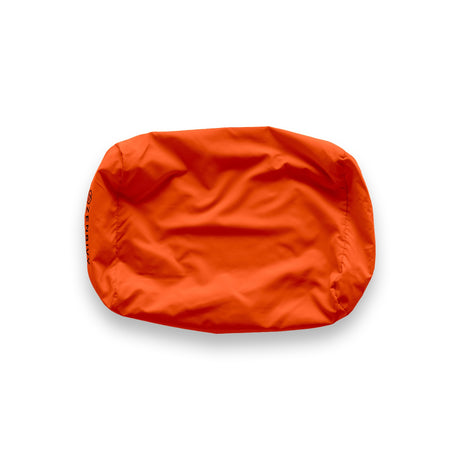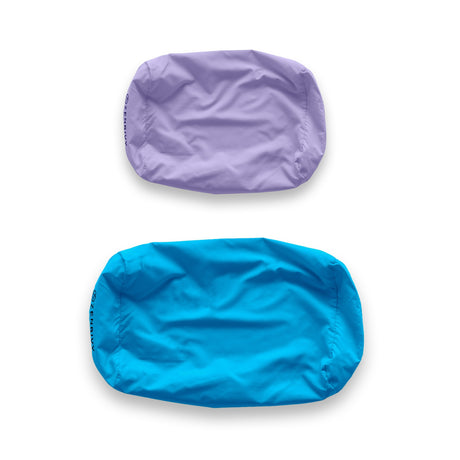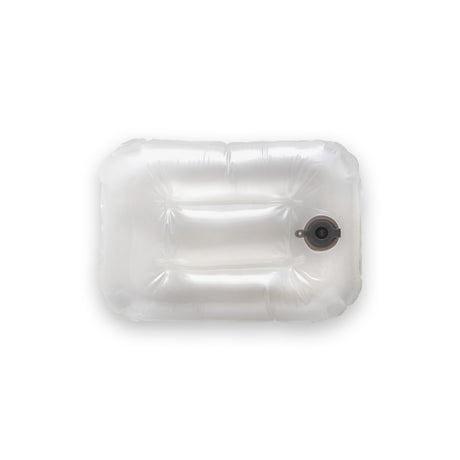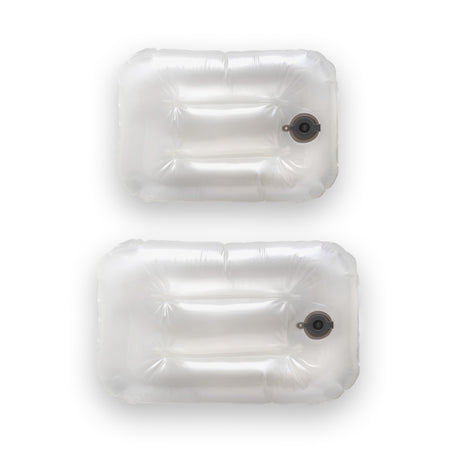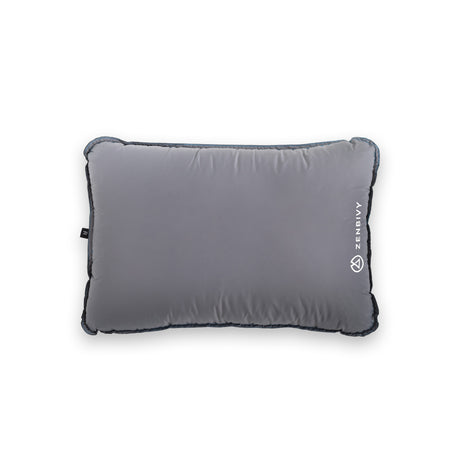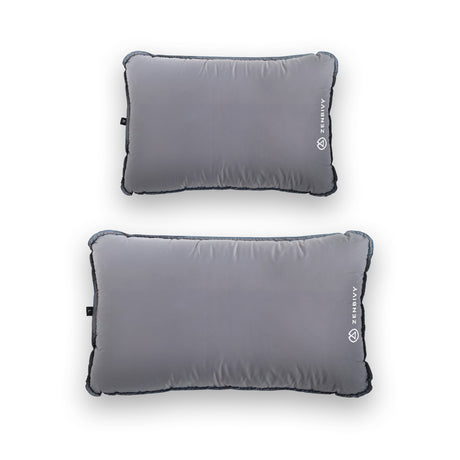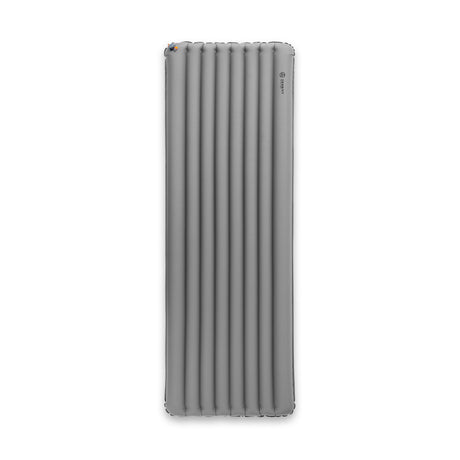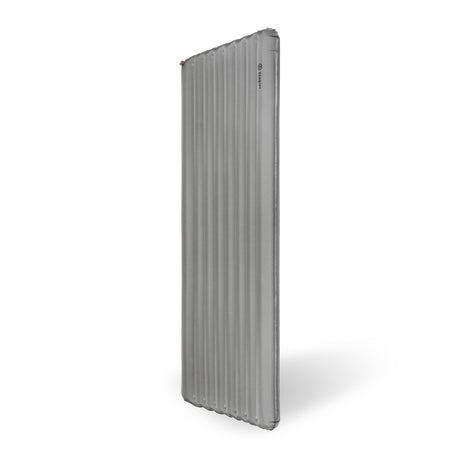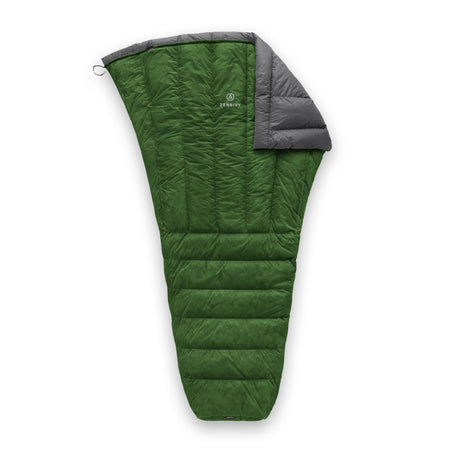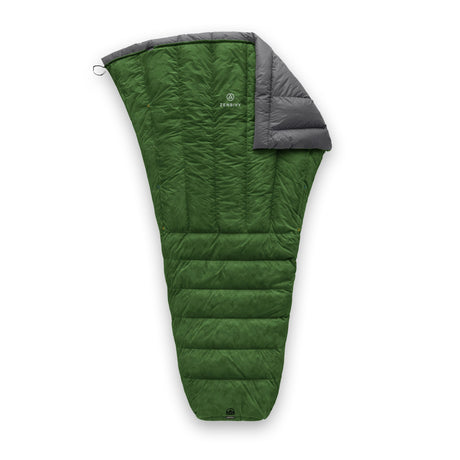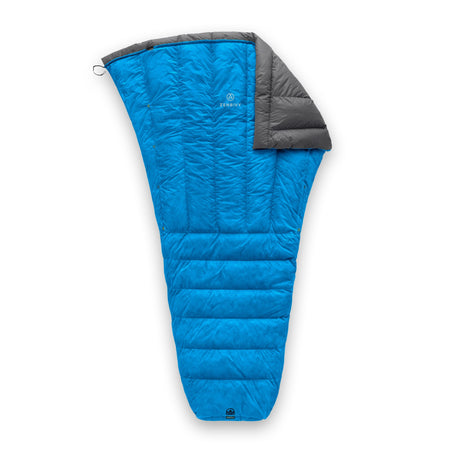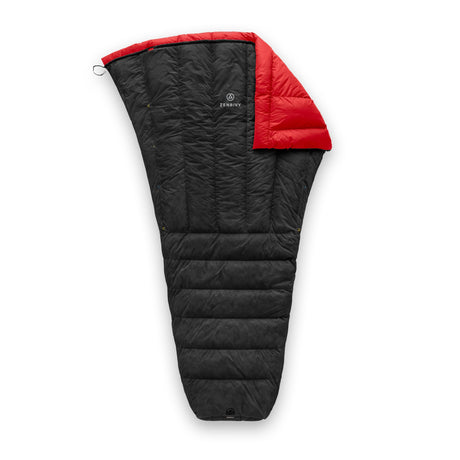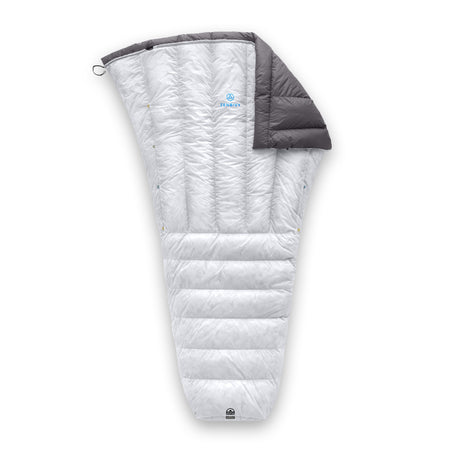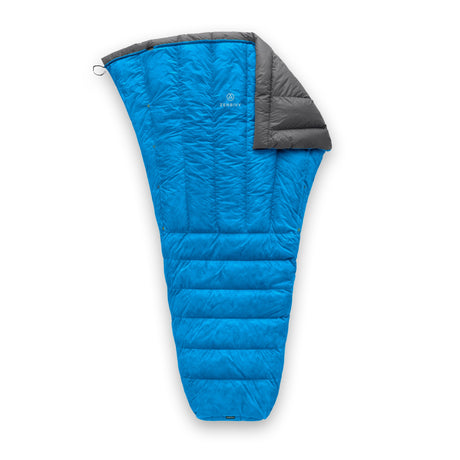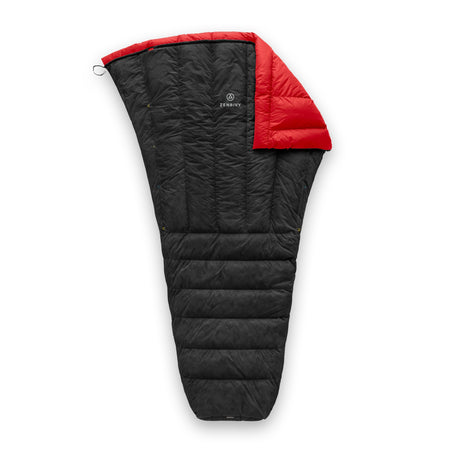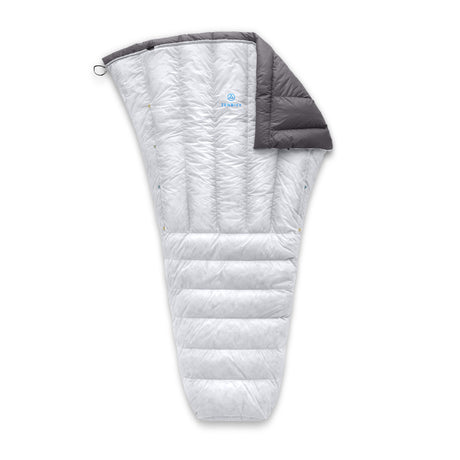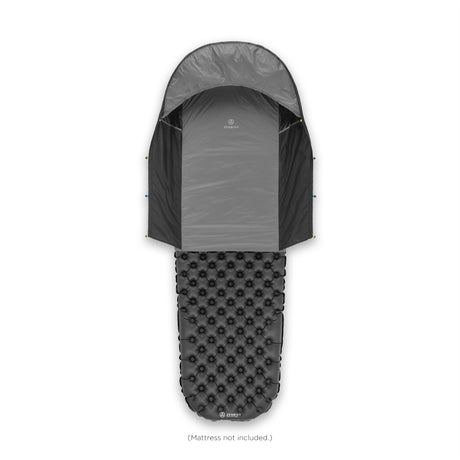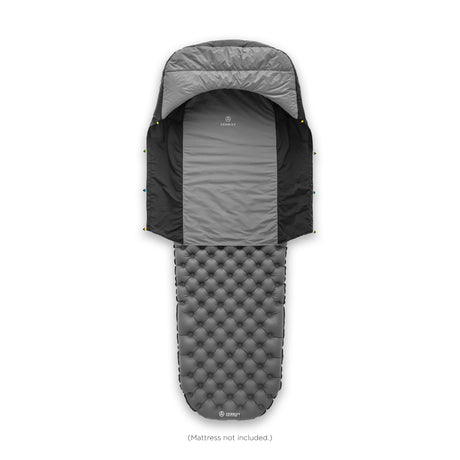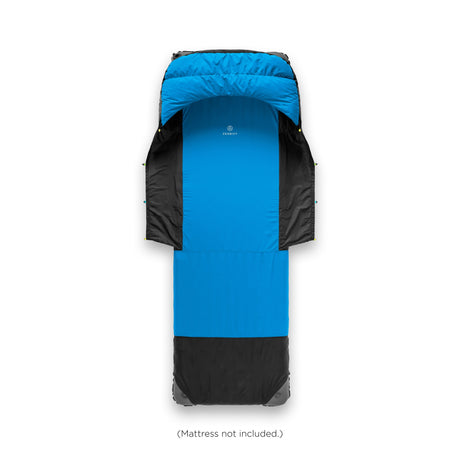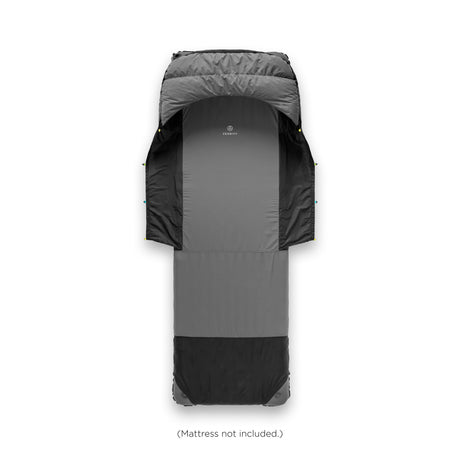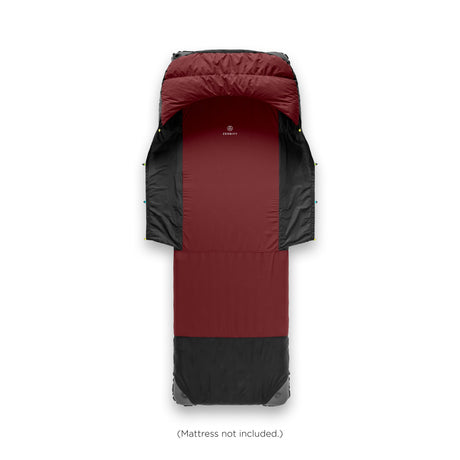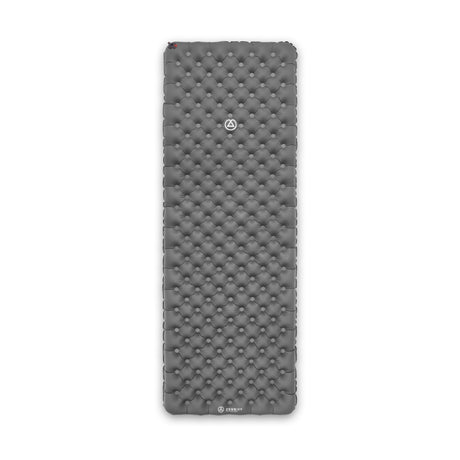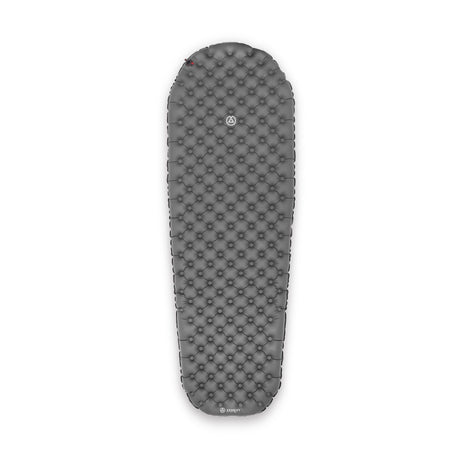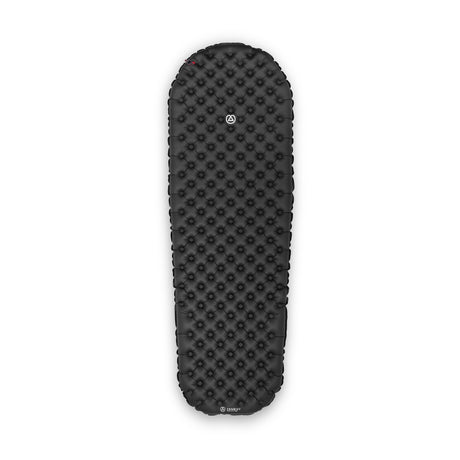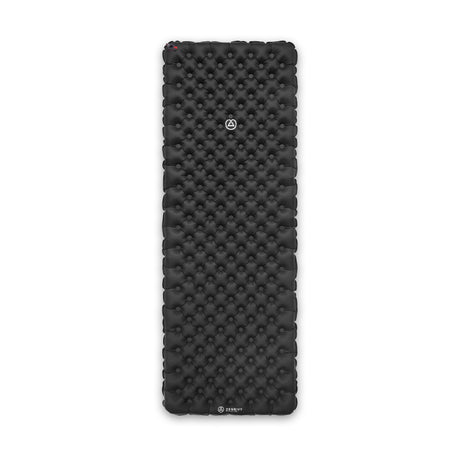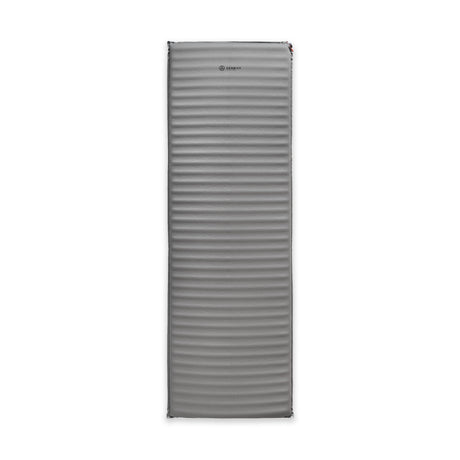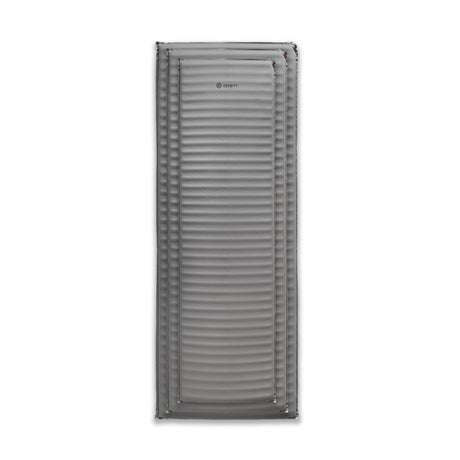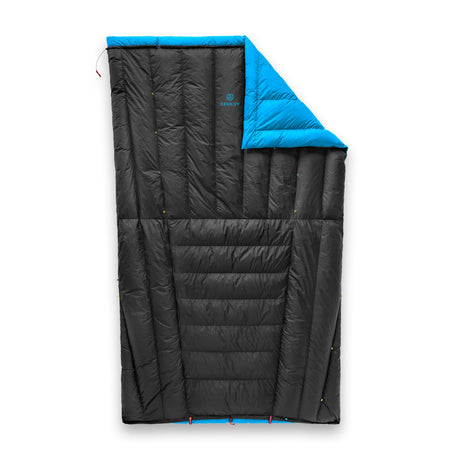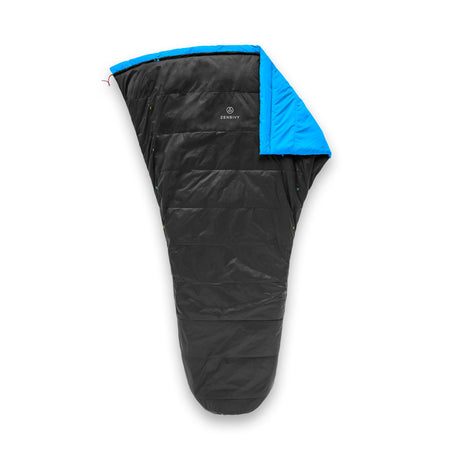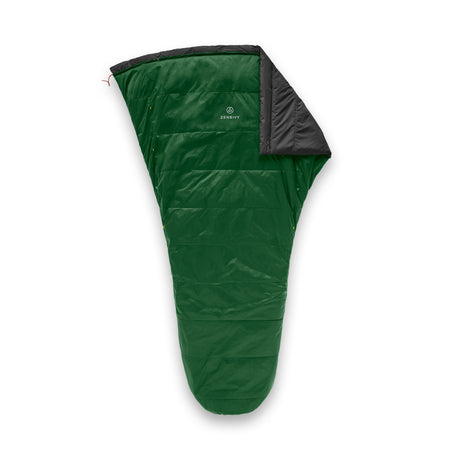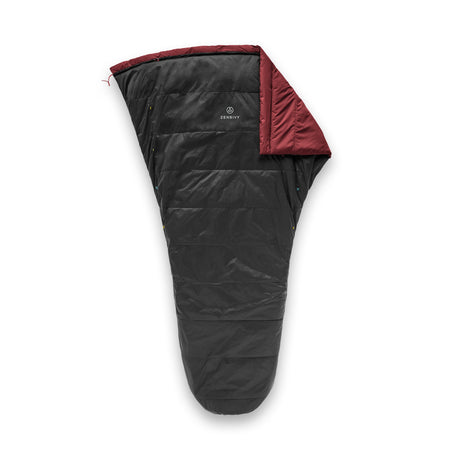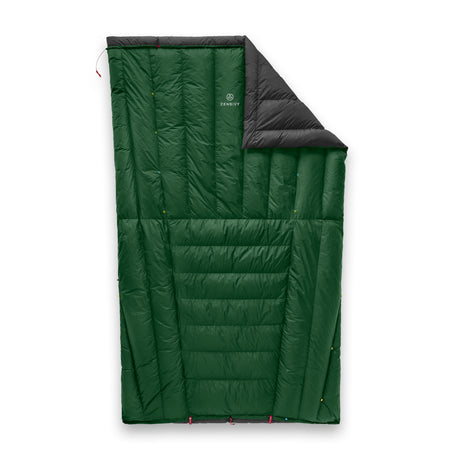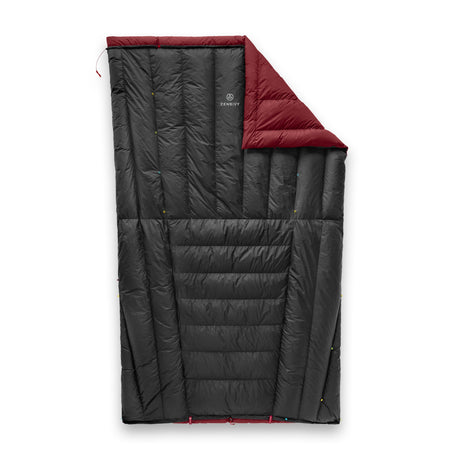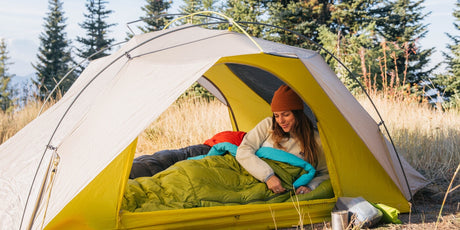If you've ever experienced a cold sleepless night camping, you know how quickly it can turn a good trip very bad. It's common for most people to immediately blame the sleeping bag itself. "I just need a warmer bag. That'll do it!", so we spend more money on a lower temperature bag and carry that extra weight in our packs, only to be cold again on the next trip.
Did you know that the most common culprit of a cold night’s sleep is actually your mattress? The temperature rating listed on your sleeping bag is ONLY accurate if you use a R5+ insulated sleeping pad, as that’s what’s used in the EN rating test process. If you don’t have a R5+ insulated mattress, the EN rating of your bag goes right out the window, and you’ll find you’re only warm at temperatures significantly above the listed sleeping bag temperature rating.

Most ultra-light mattresses on the market fail to meet this standard.
The result is that most sleeping bags are "mis-paired" with mattresses that have an R-value of 3 or less. While these mattresses may be smaller or lighter, they do not provide the warmth necessary for your sleeping bag to keep you warm at the temperature ratings they should. Despite the claims of major manufacturers and retailers, a mattress that is R3 or below is a summer-only mattress and should only be used in those limited situations. So unless you are one of the few people who have multiple backpacking mattresses to fully cover the extended 3-season performance of most sleeping bags, we're not really sure why these "stupid-light" mattresses exist...
At Zenbivy, all mattresses are properly insulated with an R-Value of 5+ to match the stated temperature ratings of our Beds, as well as all EN rated sleeping bags. If you are cold in your sleeping bag from any brand, trying one of our mattresses might be the most cost-effective (and weight-effective!) way to warm up.

Why is insulation from below so important?
There are 4 ways your body loses heat:
- Evaporation (example: sweating)
- Convection (example: having wind blow over you)
- Conduction (example: being in contact with a mass colder than you)
- Radiation (example: similar to how heat leaves a wood stove)
Heat loss due to conduction is what we're talking about here. It happens when you're in direct contact with an object that is colder than your body temperature. If you were to sleep directly on the cold ground, it would essentially remove the heat from your body until you and the ground are at the same temperature — i.e. COLD. This is why we need to pay attention to the properly insulated barrier below us (the mattress) and not just the insulated layer around us (the sleeping bag). One cannot work if the other is failing. The two pieces need to work together.
The next time you're cold while camping in temperatures well above the rating of your sleeping bag, check your mattress! It's likely the culprit.


